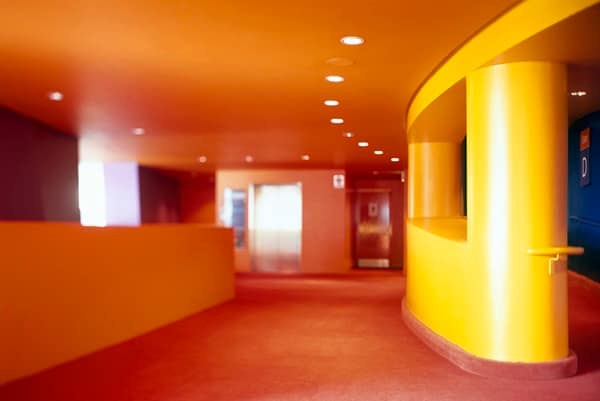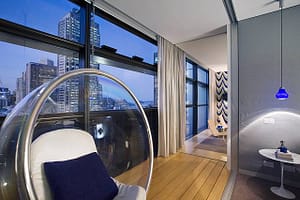The shift to hybrid work has transformed how we think about office spaces. With many employees working remotely part-time, businesses are now designing offices that are both flexible and welcoming, encouraging staff to come in, collaborate, and socialise.
The idea isn’t just to create a space where people work, but somewhere they feel motivated to spend time. A well-designed hybrid work office strikes a balance, offering employees the chance to focus deeply when needed and collaborate seamlessly when they gather.
Create a variety of zones
A one-size-fits-all approach to office design simply doesn’t work in a hybrid world. Different tasks require different environments, and your office needs to reflect that diversity. Instead of offering just rows of desks, create a range of spaces that support a variety of work styles. Consider incorporating quiet areas or “focus pods” for deep, uninterrupted work, as well as collaborative zones where employees can gather to brainstorm and problem-solve. These collaborative areas might include whiteboards or smart screens to encourage creative thinking.
Invest in seamless technology
Meeting rooms need to be equipped with top-notch video conferencing tools, including high-definition cameras, clear microphones, and large screens that allow remote participants to feel fully included. This technology ensures that everyone, whether in the office or working remotely, has a smooth and productive experience during meetings.
By integrating virtual and in-person collaboration tools effectively, you create a more connected and inclusive work environment. Remote employees won’t feel sidelined, and in-office staff will be able to collaborate as if everyone is in the same room, bridging any gaps that distance may create.
Use adaptable and movable furniture
Flexibility is the key to any hybrid workspace. Office furniture needs to be adaptable to support different work modes throughout the day. Invest in modular pieces like desks on wheels and moveable partitions. These allow you to quickly reconfigure the office layout based on the task at hand, transforming a collaborative space into a quiet zone with ease.
For example, if a team needs to meet for a brainstorming session, you can shift the furniture around to create an open, communal space. Later, when the room is needed for more focused work, the layout can be changed to provide private, individual spaces.
Prioritise smart and human-centric lighting
Lighting has a powerful effect on mood and productivity, so it’s worth taking time to get it right. Use a layered lighting approach that includes ambient, task, and accent lighting. For example, you could install LED strip lights along the walls or under desks, offering a modern touch and flexibility. These lights can be adjusted depending on the atmosphere you need – bright, cool lighting for focus and productivity or softer, warmer lighting for a relaxed vibe during informal meetings.
Focus on comfort and aesthetics
Your office should feel like a welcoming place where employees enjoy spending time. To create an environment where people feel comfortable and inspired, bring elements of home into the space. Soft furnishings, plants, and artwork can all help create a more inviting atmosphere. Ensuring ample natural light also plays a role in making the office feel less sterile and more like a place where creativity can thrive.






Leave a Comment